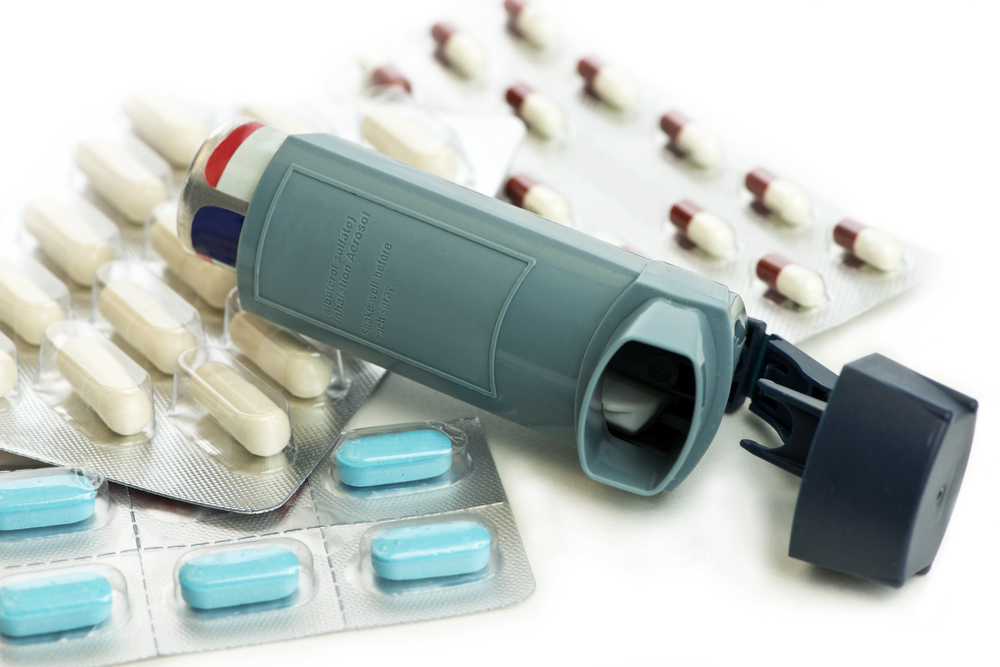In a new study entitled “TH2 and TH17 inflammatory pathways are reciprocally regulated in asthma,” authors suggest that asthma patients can be divided into three clusters, according to the expression of immune mediators, and that targeting therapeutics targeting a single cluster may provide improved therapeutic options. The results suggest that combinatory treatments targeting two subsets is a more efficient therapeutic approach for asthma treatment. The study was published in the journal Science Translational Medicine.
Asthma is a chronic (long-term) lung disease characterized by lungs airways inflammation leading to symptoms of wheezing (a whistling sound when you breathe), chest tightness, shortness of breath, and coughing. Increasingly recognized in the clinical community is the fact that not all patients react in the same way to current asthma treatments, suggesting that the disease may arise due to different mechanisms.
In this study, a team of researchers at the University of Leicester and University Hospitals of Leicester NHS Trust, together with colleagues in the National Institute of Allergy and Infectious Diseases (NIAID) and Genentech (a member of the Roche group) tackled the mechanisms underlying these differences in patients response to treatment. They analyzed lung samples from 51 asthma patients with different ranges in disease severity. The team identified that patients could be subdivided into three subgroups, according to the levels of gene expression for T helper 2 (TH2) cell and TH17 cytokines in the airways: Th2-high, Th17-high, and Th2/17-low. As a result, patients either express high Th2 or high Th17 activity or, when combined, low activity on both Th2 and Th17. Interestingly, authors never detected patients with high levels of both Th2 and Th17, hinting to pathways mutually exclusiveness.
The team performed further studies, now in mouse models for human asthma, and discovered that inhibiting Th2-activity results in increased activity of Th17. Notably, however, if both pathways are blocked simultaneously the asthma symptoms were greatly improved in the mouse models when compared to blocking one pathway only. These findings suggest that developing therapeutics targeting both pathways may show enhanced efficacy in asthma patients.
Professor Peter Bradding, University of Leicester’s Department of Infection, Immunity and Inflammation and study lead author commented on the teams’ findings, “This research gives new insight into the molecular mechanisms that drive asthma. Because new treatments that block Th2 pathways may promote Th17 pathways, it may be more effective to block both at the same time, rather than either alone. This can be tested in future research trials in patients.”

